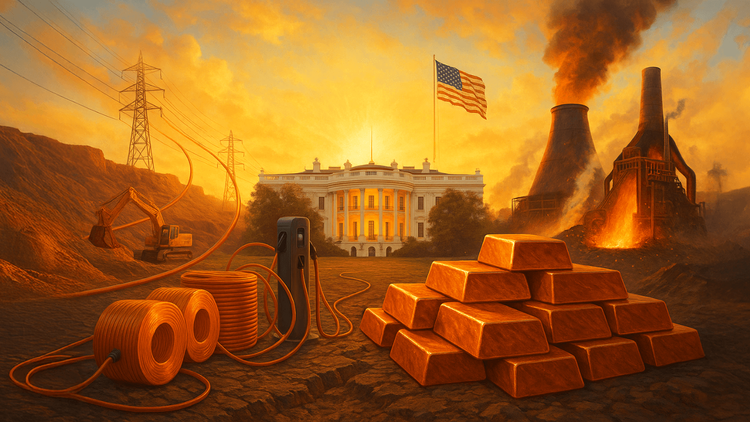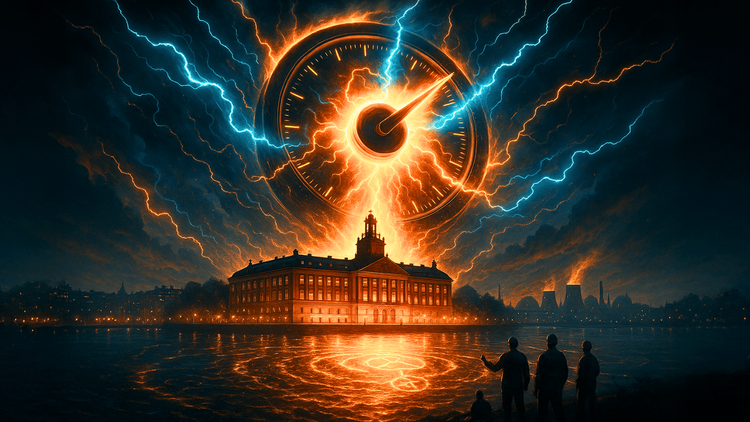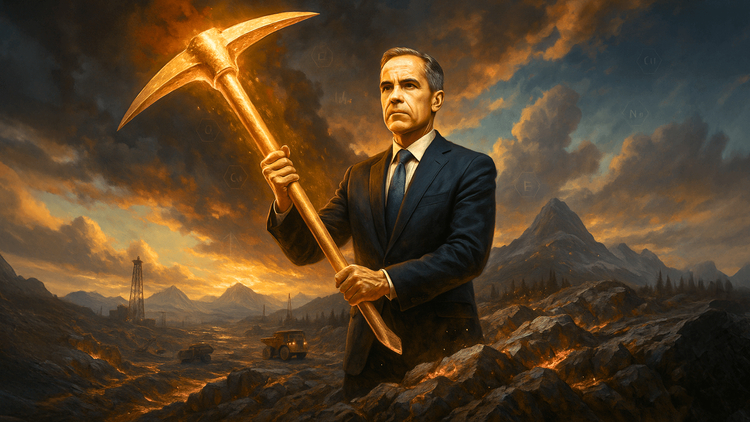Sunnova’s Stock Implosion Exposes Cracks in America’s Solar Future
Sunnova’s collapse signals deeper troubles for the U.S. solar industry as political uncertainty, rising costs, and policy shifts create market turmoil.

Sunnova Energy International Inc., one of the largest residential solar companies in the U.S., saw its shares plummet by a staggering 71%, sending shockwaves through the industry. The drastic sell-off came after the company issued a dire warning: there is “substantial doubt” about its ability to remain in business. This meltdown comes at a time when the U.S. solar sector is already grappling with mounting challenges—from rising interest rates to policy uncertainty under the Trump administration.
Just days before Sunnova’s collapse, First Solar, the nation’s leading solar manufacturer, admitted to facing increasing customer delays. Meanwhile, Sunrun, the biggest residential solar provider, forecasted flat installation growth for the year. The timing couldn’t be worse. With the world facing record-breaking temperatures and an increasing demand for electricity, the solar industry should be surging. Instead, it finds itself in a state of turmoil.
Policy Uncertainty Casts a Dark Shadow
The U.S. solar industry has endured setbacks before, but the current crisis is different. Political instability is now a significant risk factor. President Donald Trump’s push to unravel the Inflation Reduction Act (IRA)—the landmark climate law introduced by the Biden administration—has cast doubt over federal incentives that companies like Sunnova have relied upon.
The Trump administration’s pro-fossil fuel stance, coupled with an aggressive push for natural gas expansion, has made investors wary. With potential cuts to solar tax credits and a freeze on federal loans, the sector is being suffocated just as it was poised to meet surging power demand. At the Intersolar & Energy Storage North America conference in San Diego last week, industry leaders painted a grim picture of the year ahead, warning that uncertainty will paralyze growth until there is more clarity from Washington.
The Residential Solar Sector Faces the Worst of It
Sunnova’s collapse underscores the severe stress facing residential solar companies. The industry has already been hit hard by rising interest rates, making financing home solar installations more expensive. With state-level incentives also drying up, customer demand is softening at a time when companies desperately need cash flow.
Sunnova admitted that it does not have enough incoming revenue to meet its financial obligations, forcing it to suspend guidance and seek immediate solutions. The company has lined up $185 million in new loans, cut costs by $70 million, and is actively working with financial advisers to restructure its debt. Despite these efforts, the market reaction was brutal—shares tanked to a record low of just 64 cents.
Sunrun, another residential solar giant, isn’t faring much better. The company recently slashed its cash generation forecast for the year, raising fears that more firms could follow Sunnova’s downward spiral. Analysts are already lowering their home solar installation projections for 2025, expecting a continued decline after a nearly 20% drop in 2024.
The Battle Between Solar and Natural Gas
While solar struggles, natural gas is being positioned as the dominant energy source under Trump’s administration. In a stark contrast, First Solar’s CEO Mark Widmar pointed out that the U.S. will need 128 gigawatts of additional energy capacity by 2029 to meet peak summer demand. Even with new natural gas plants coming online, forecasts suggest there will still be an unmet power gap of around 114 gigawatts by 2030.
Despite these warnings, the administration’s policies appear to favor fossil fuels. While large-scale solar projects offer a quicker path to expansion, permitting delays and a lack of policy support are putting their future at risk. This creates a dangerous scenario where the country may struggle to meet rising electricity demand in the coming years.
Is There a Path Forward?
Despite the chaos, some industry leaders remain hopeful. Solar power still has significant advantages—unlike nuclear or natural gas, which require long lead times and high costs, solar projects can be deployed relatively quickly. If the regulatory environment stabilizes, the sector could regain its momentum.
However, the immediate future remains uncertain. Sunnova’s collapse is not just a company-specific failure; it is a symptom of deeper problems plaguing the U.S. solar industry. Without decisive policy support and financial stability, more companies may find themselves on the brink.
As it stands, the U.S. solar industry is in a battle for survival. And for now, chaos reigns.






